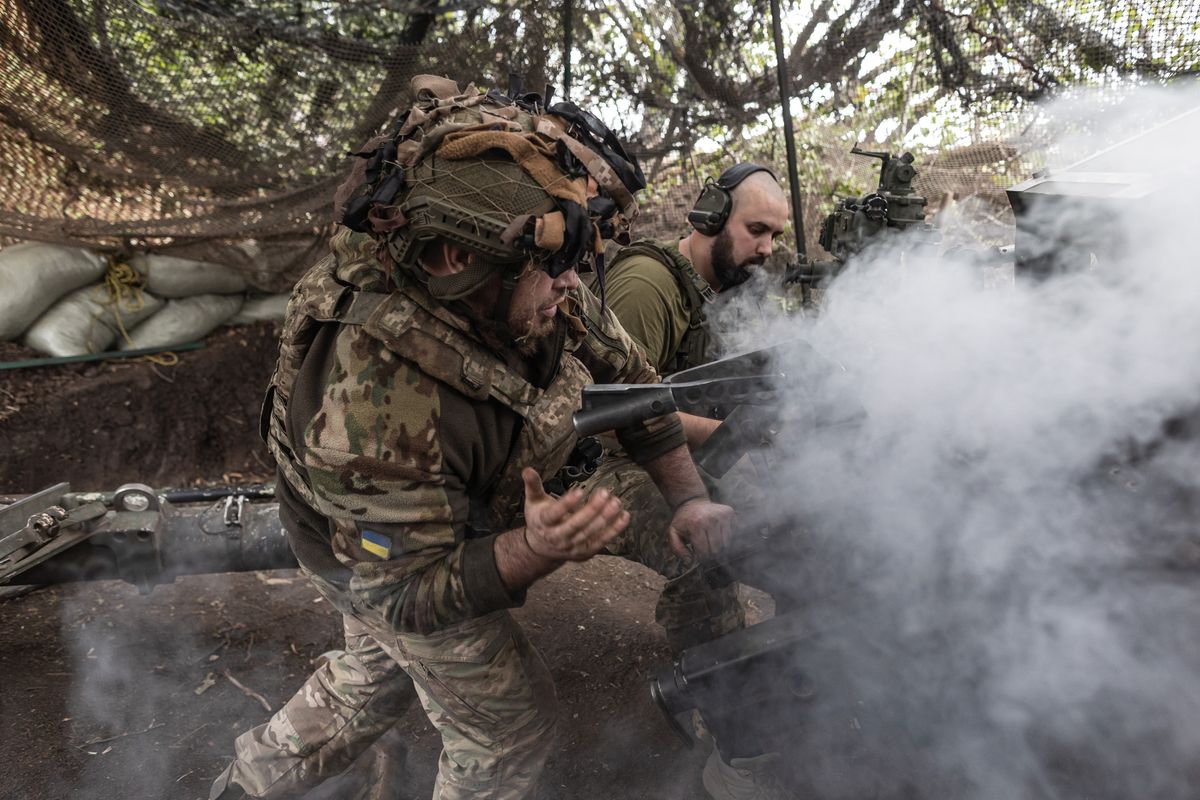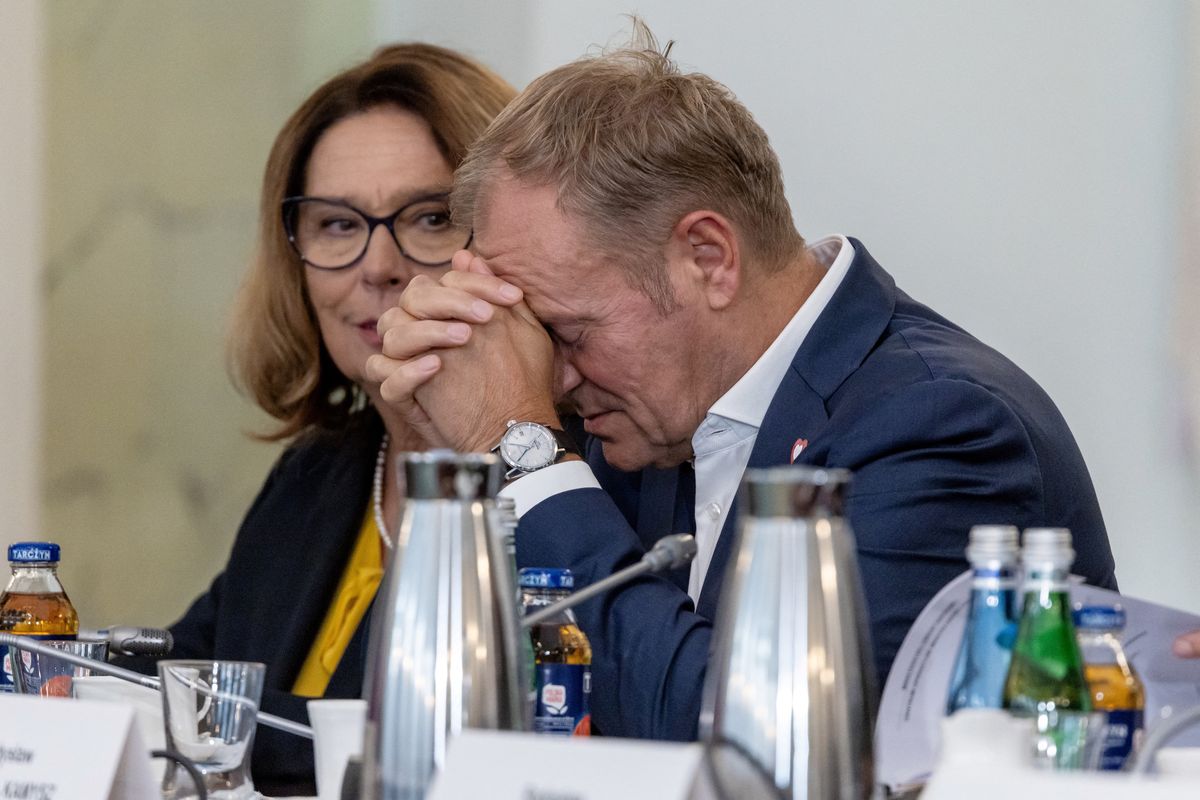Moving ahead with what President Barack Obama calls the “most significant reinforcement of our collective defense [at] any time since the Cold War,’’ NATO allies approved over the weekend upgrading and expanding their air, land, sea, and cyber capabilities to face unprecedented challenges coming from all directions — including from within.
Brexit dropped a bomb on Europe last month, and NATO did not escape unscathed. Though NATO Secretary General Jens Stoltenberg had optimistically declared that Britain’s vote to leave the European Union (EU) may actually be a boon to NATO —Britain’s departure removes any notion of the EU having a competitive defense capacity, and London will be looking to NATO as a more important platform for its European engagement — it’s not the outcome any European leader wanted, and it hung heavy over the summit. British Foreign Secretary Philip Hammond was reported as saying there had been virtually no other subject discussed any time he sat down at a table with his counterparts.
The matter was unavoidable for at least the first day of the summit, as the EU and NATO signed an agreement “taking NATO-EU cooperation to a new level,” Stoltenberg said. “We’ve done more in previous months than in the previous 15 years.” NATO’s back-up for the EU’s operations to counter migrant smuggling in the Aegean Sea is considered successful and there are now discussions — and debates — on how to bring added NATO value to the EU’s Operation Sophia in the Mediterranean.
The Alliance recognized in its joint declaration what it referred to as “an arc of insecurity and instability along NATO’s periphery and beyond.“ Much of the attention of this summit held in the former Warsaw Pact country of Poland, was focused on Russia and its aggressive behavior in Europe, including Moscow’s annexation of Crimea and ongoing support for rebels in eastern Ukraine. The Alliance gave formal approval to new reassurance measures for the Baltics and Poland, all who border Russian territory and feel threatened by Moscow. Four battalions of about 1,000 troops each, led by the U.S., Canada, Germany, and the United Kingdom, will be deployed to Latvia, Estonia, Lithuania, and Poland to help calm allied nerves along the Russian border.
The devastating terrorist attacks over the past 18 months in Paris, Brussels, and Orlando brought into focus the Alliance’s need to do more in the battle against the Islamic State (ISIS). Having initially sought to downgrade its own visibility as an organization in the international coalition to fight ISIS, and even though some NATO members are part of the coalition, the Alliance now fully recognizes that all hands must be on deck in this effort.
The final communiqué noted, “Terrorism, particularly as perpetrated by the so-called Islamic State of Iraq and the Levant (ISIL)/Da’esh, has risen to an unprecedented level of intensity, reaches into all of allied territory, and now represents an immediate and direct threat to our nations and the international community…The changed and evolving security environment demands the ability to meet challenges and threats of any kind and from any direction.”
Supreme Allied Commander Europe (SACEUR) Curtis Scaparotti amplified that for a small group of reporters by explaining the prevailing view that “stability beyond our borders ensures security within our borders,” especially when it comes to fighting ISIS in Syria and Iraq where the terrorist group holds large swaths of territory.
In response to a long-standing plea from Iraqi Prime Minister Haider al-Abadi, NATO will now begin training Iraqi armed forces inside Iraq, in addition to its existing officer-training program based in Jordan. NATO plans to boost Tunisia’s ability to protect itself from extremists by establishing a new intelligence center and training special forces there. And NATO’s AWACS fleet will be available to the coalition beginning in the fall, though the surveillance planes will fly only in Turkish and international airspace.
Surprisingly, NATO has never had its own intelligence center before now. In Warsaw, leaders created the new post of Assistant Secretary General for Intelligence and Security at the urging of the U.S.
In an exclusive column for The Cipher Brief last week, Director of National Intelligence James Clapper and Undersecretary of Defense for Intelligence Marcel Lettre wrote that there was a need for a NATO intelligence leader “who will better enable the Alliance’s intelligence enterprise to anticipate and respond to myriad complex intelligence and security challenges.” They continued, “Our challenges span counterterrorism to mass migration as well as deterring Russian aggression and managing global military operations. And those are merely our challenges today. The world continues to evolve and so must the Alliance. A failure to adapt endangers us all.”
The “ASG-I&S” seat is likely to be filled by either an American or a Canadian. Besides coordinating and maximizing intelligence sharing, the new official will soon have available a new trove of information when NATO’s first remotely piloted aircraft (RPA)—15 Global Hawks—become operational next year.
Speaking at an “experts’ forum” sponsored by the Polish Institute for International Affairs and GLOBSEC, former Pentagon official Derek Chollet welcomed the addition of AWACS and RPAs for the anti-ISIS coalition. He explained that military operators on the ground say the most important tool in supporting the Syrian opposition and Iraqi armed forces is intelligence, surveillance, and reconnaissance (ISR). Chollet also called the new NATO intelligence post a “bureaucratic fix” that is not immediately going to solve the problem, but he believes it’s a “good step to build on.”
The summit also formally declared cyberspace as a potential battlefield, just like air, land, and sea, pledging to assure “the Alliance keeps pace with the fast evolving cyber threat landscape.”










